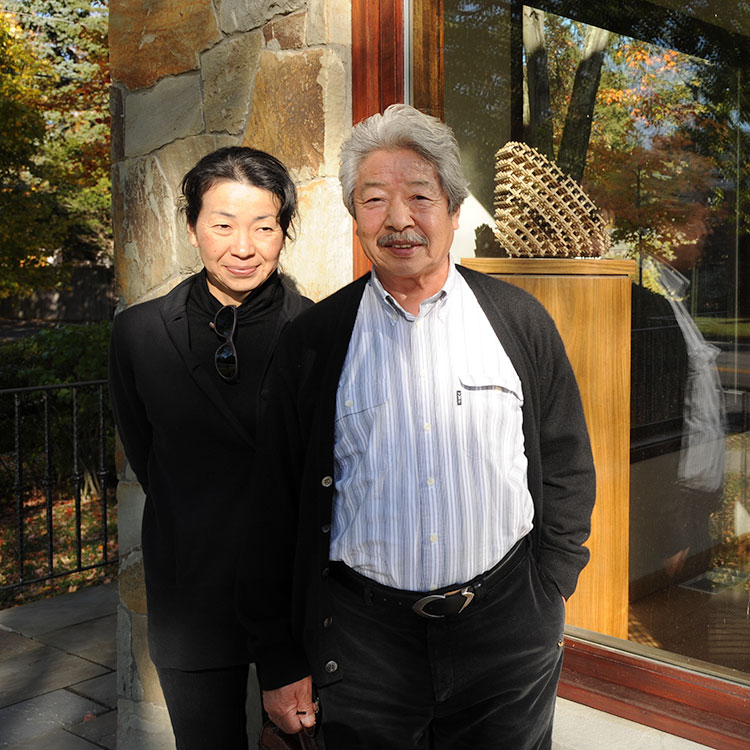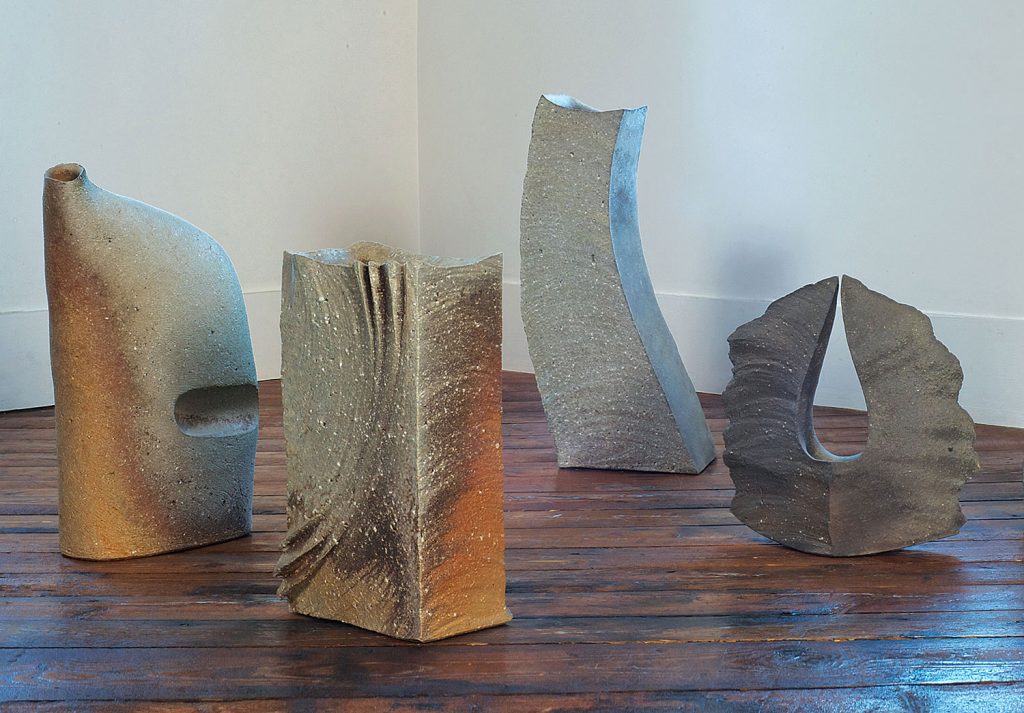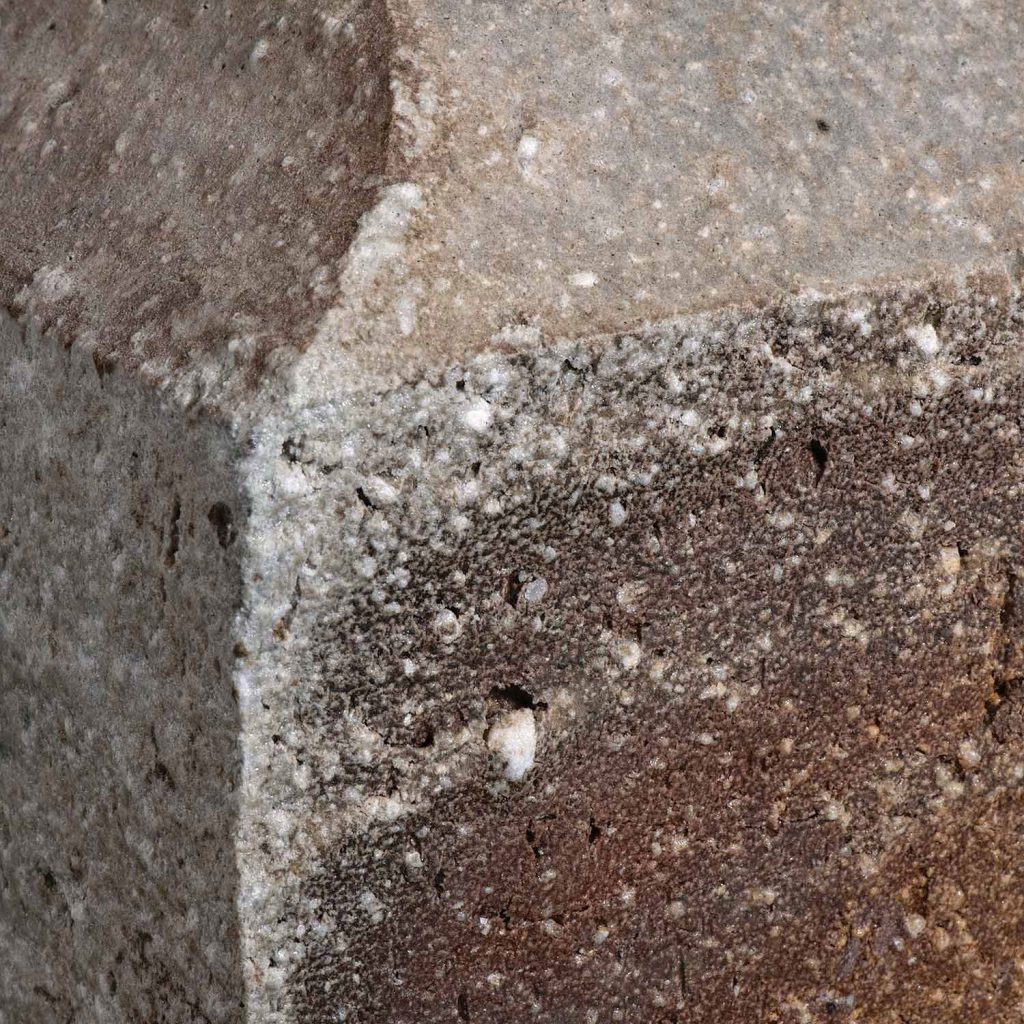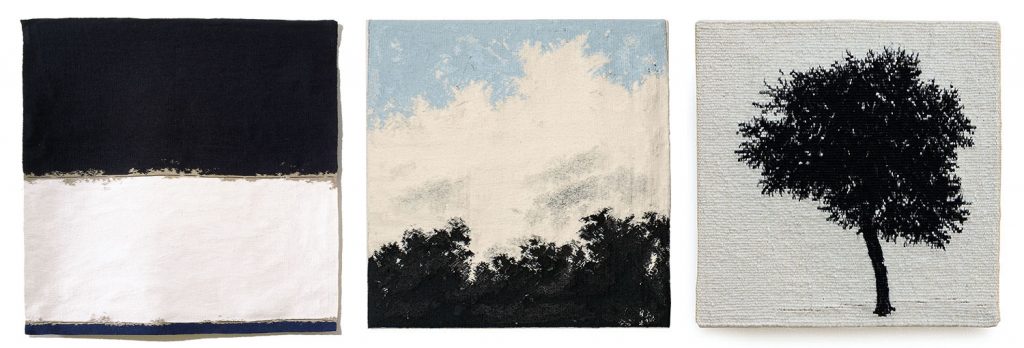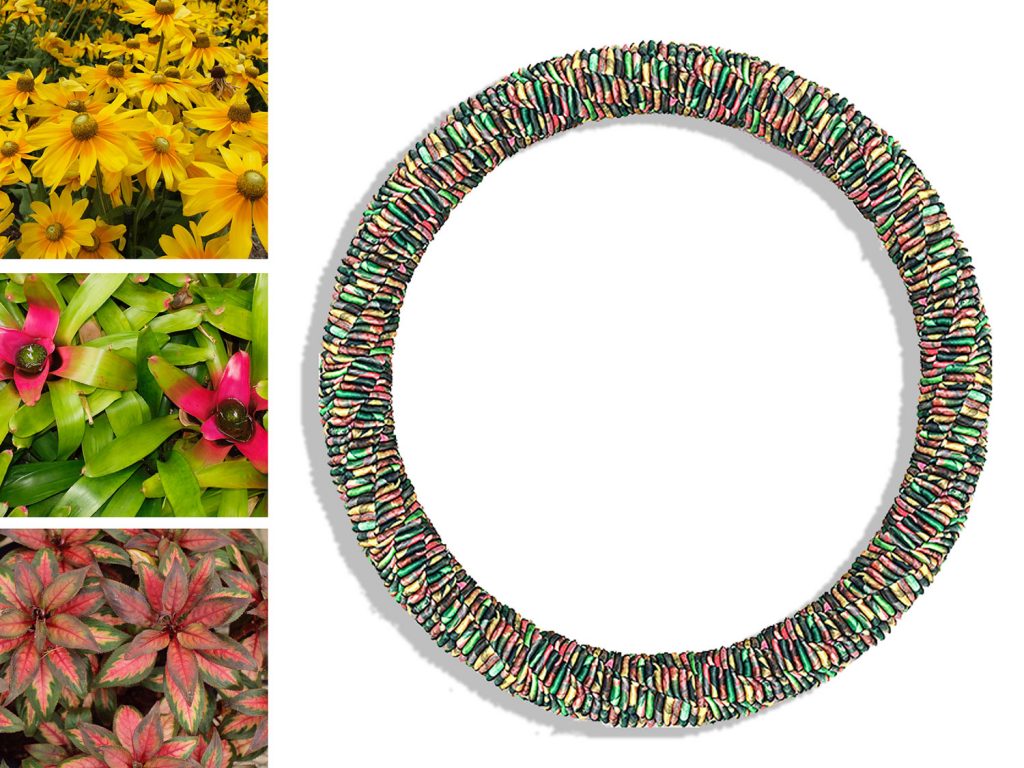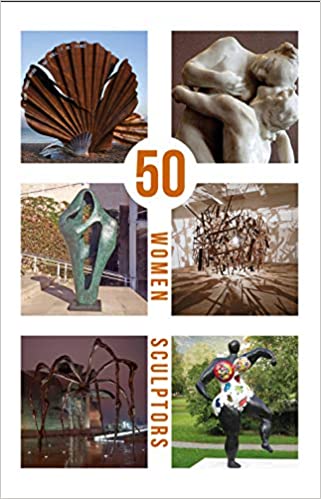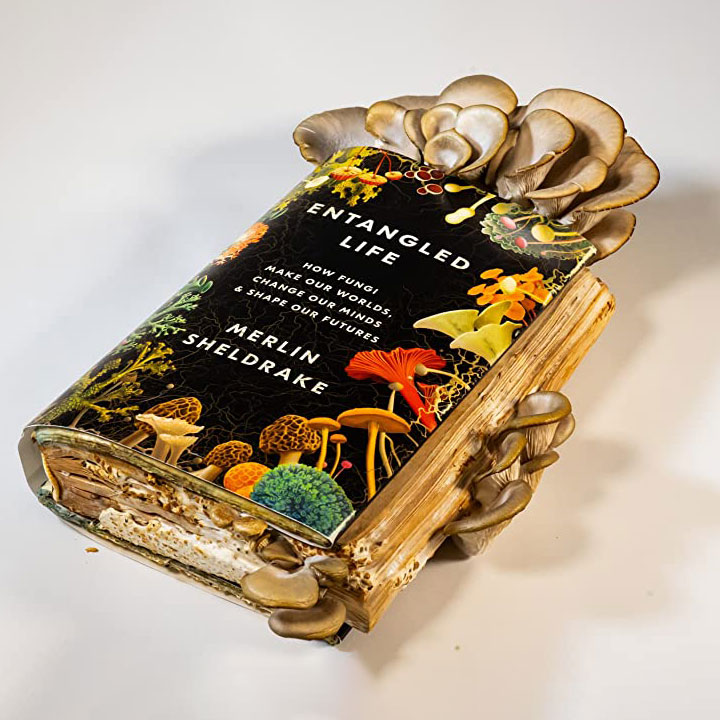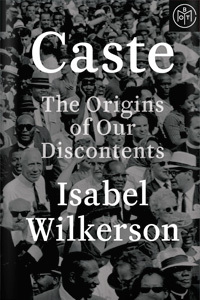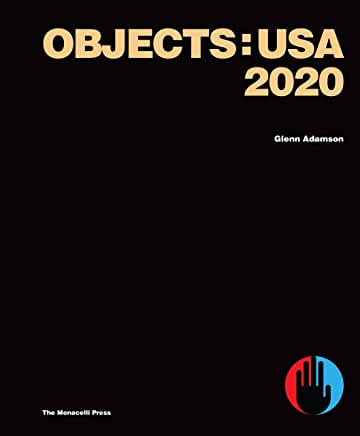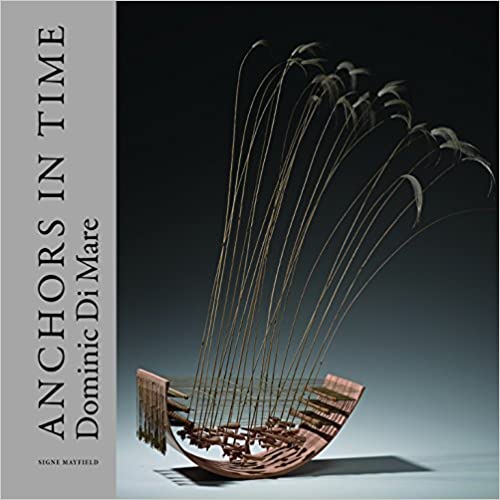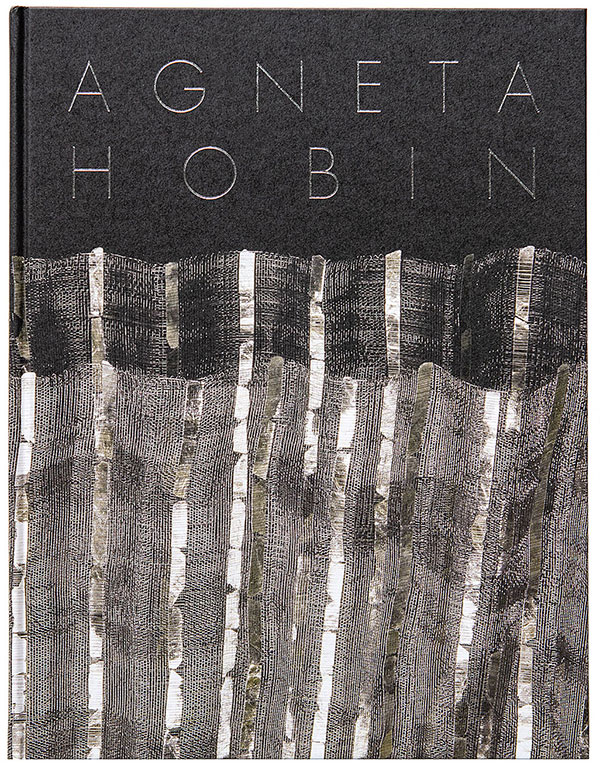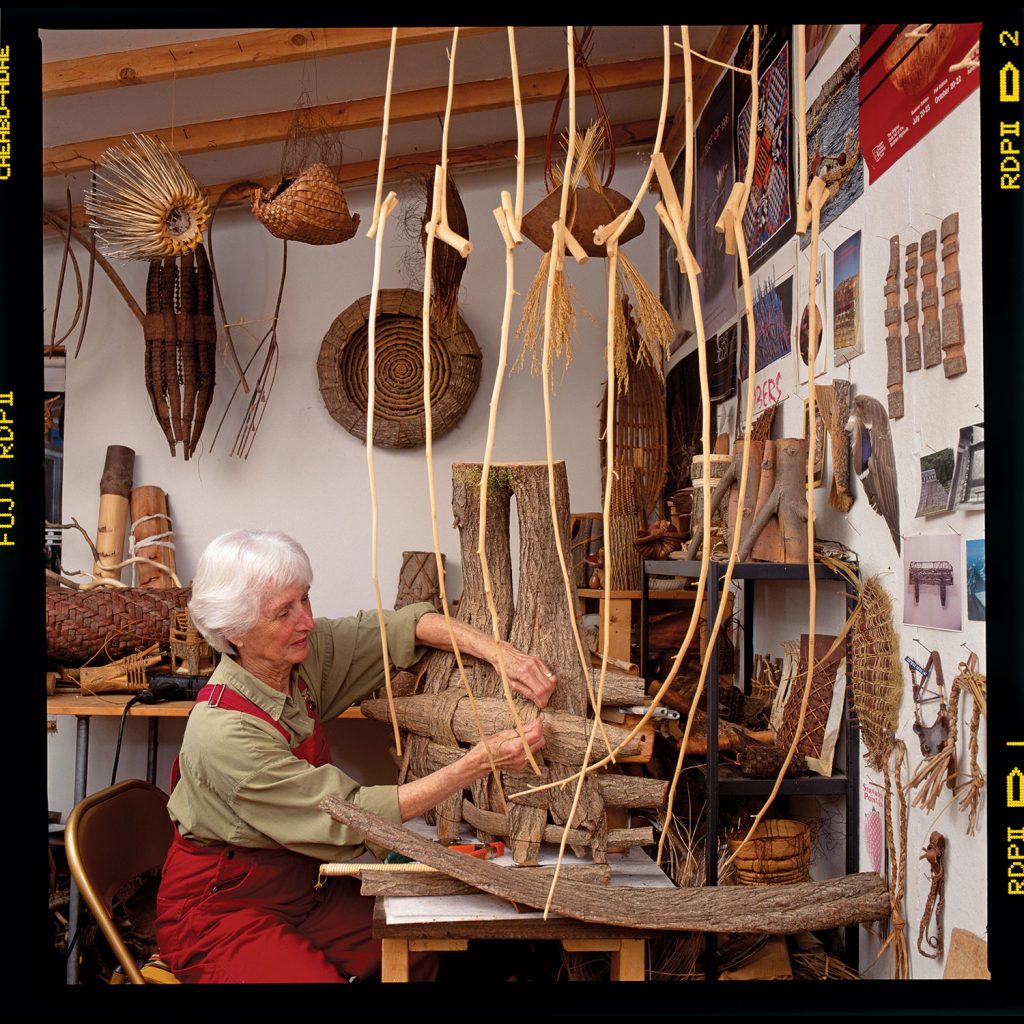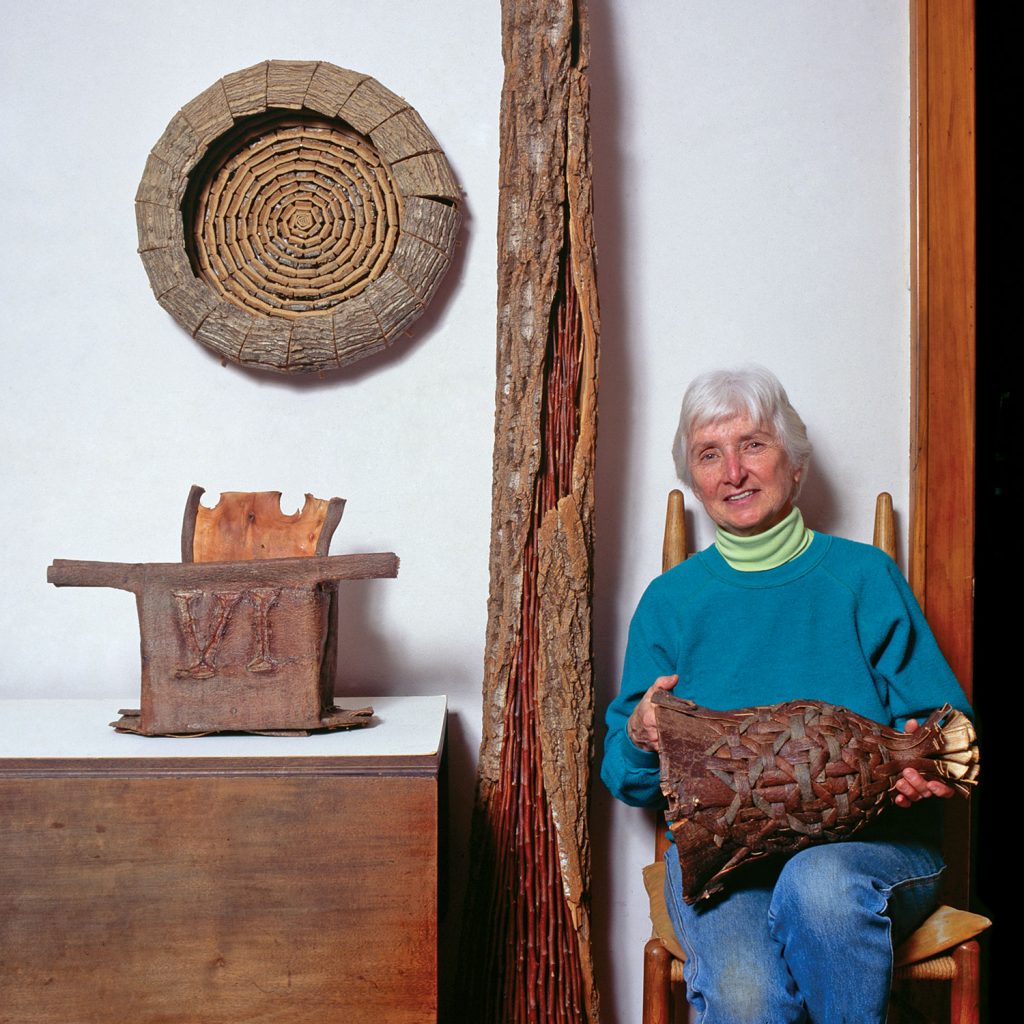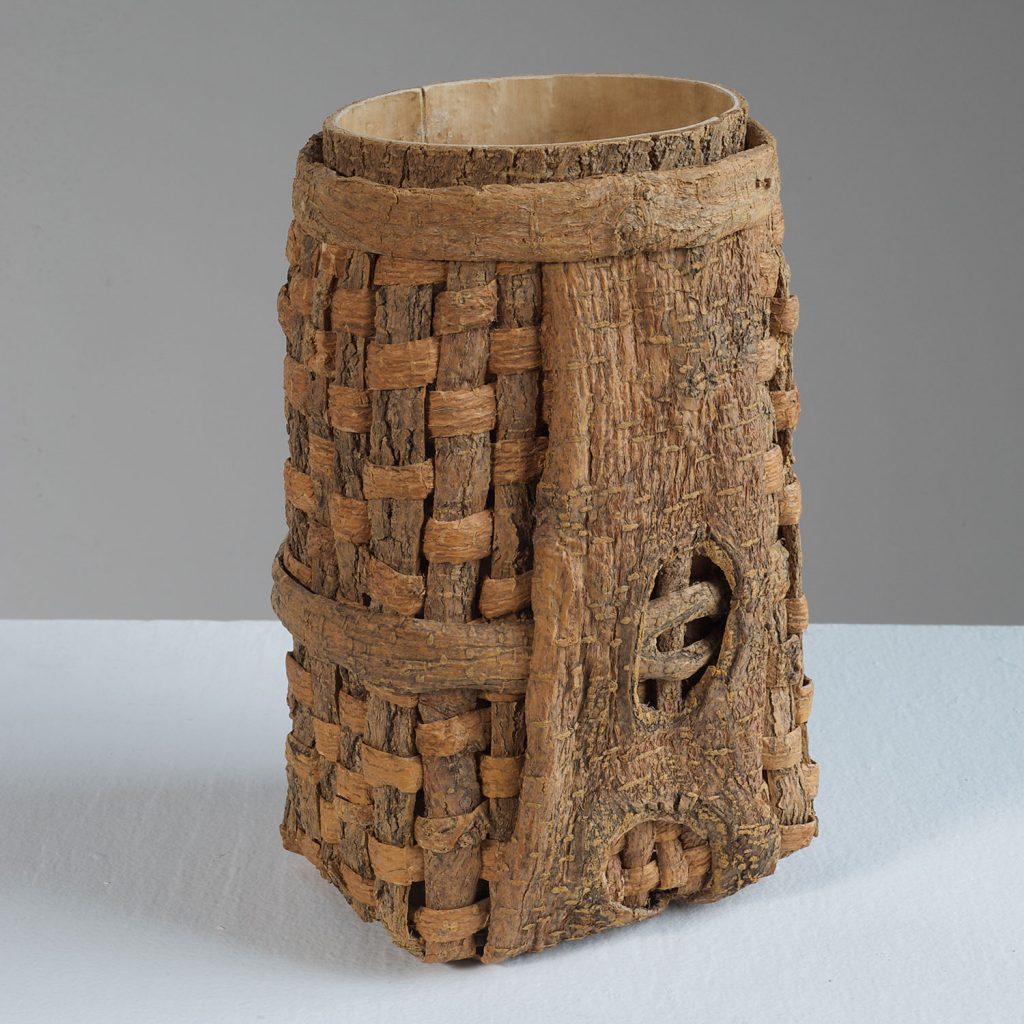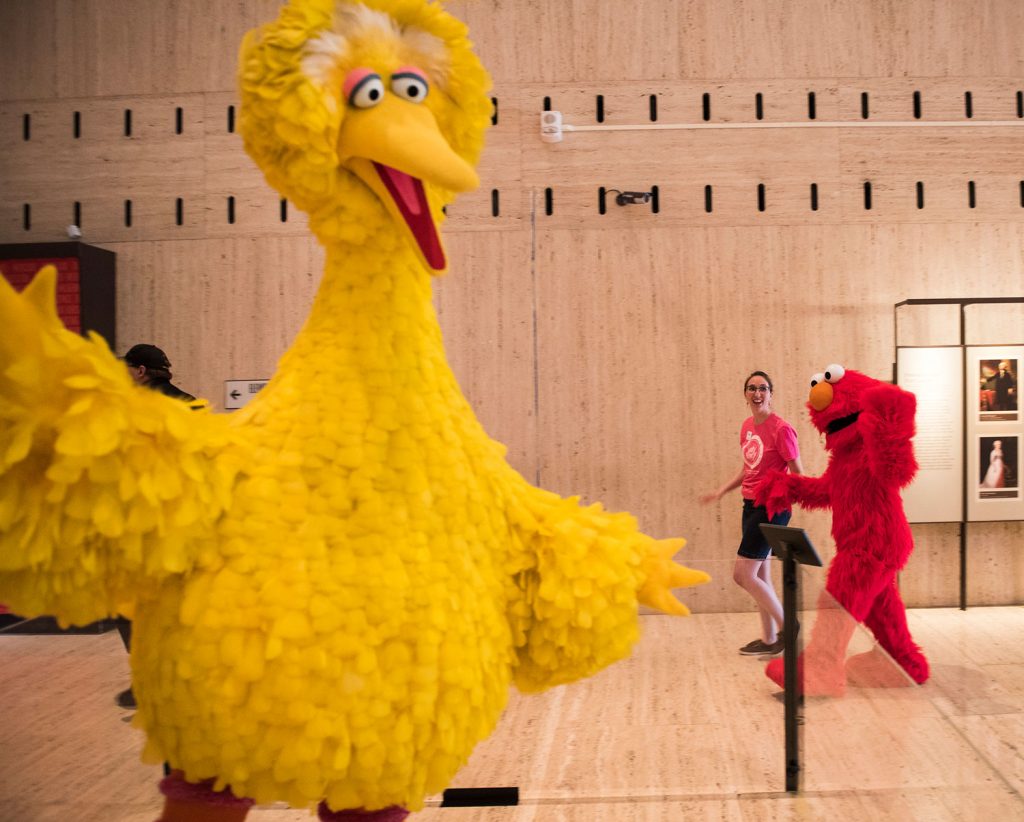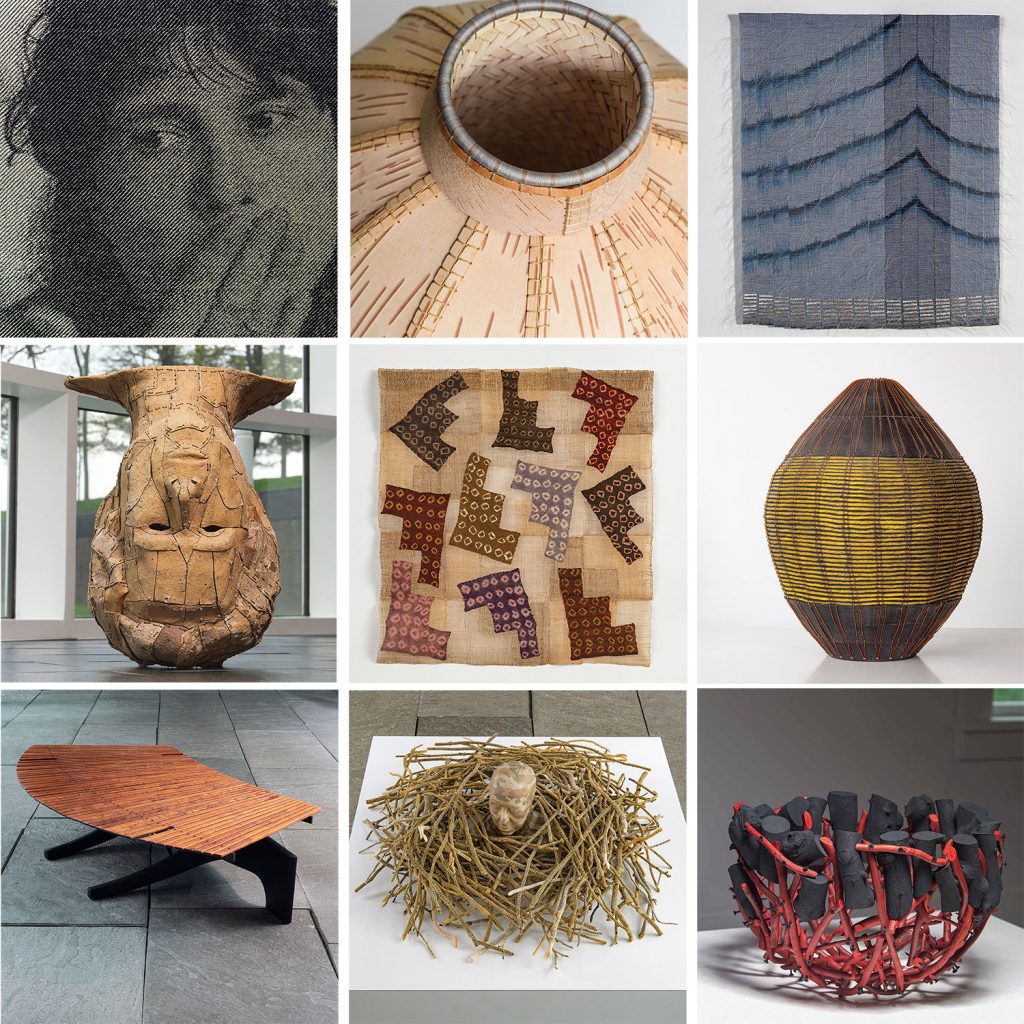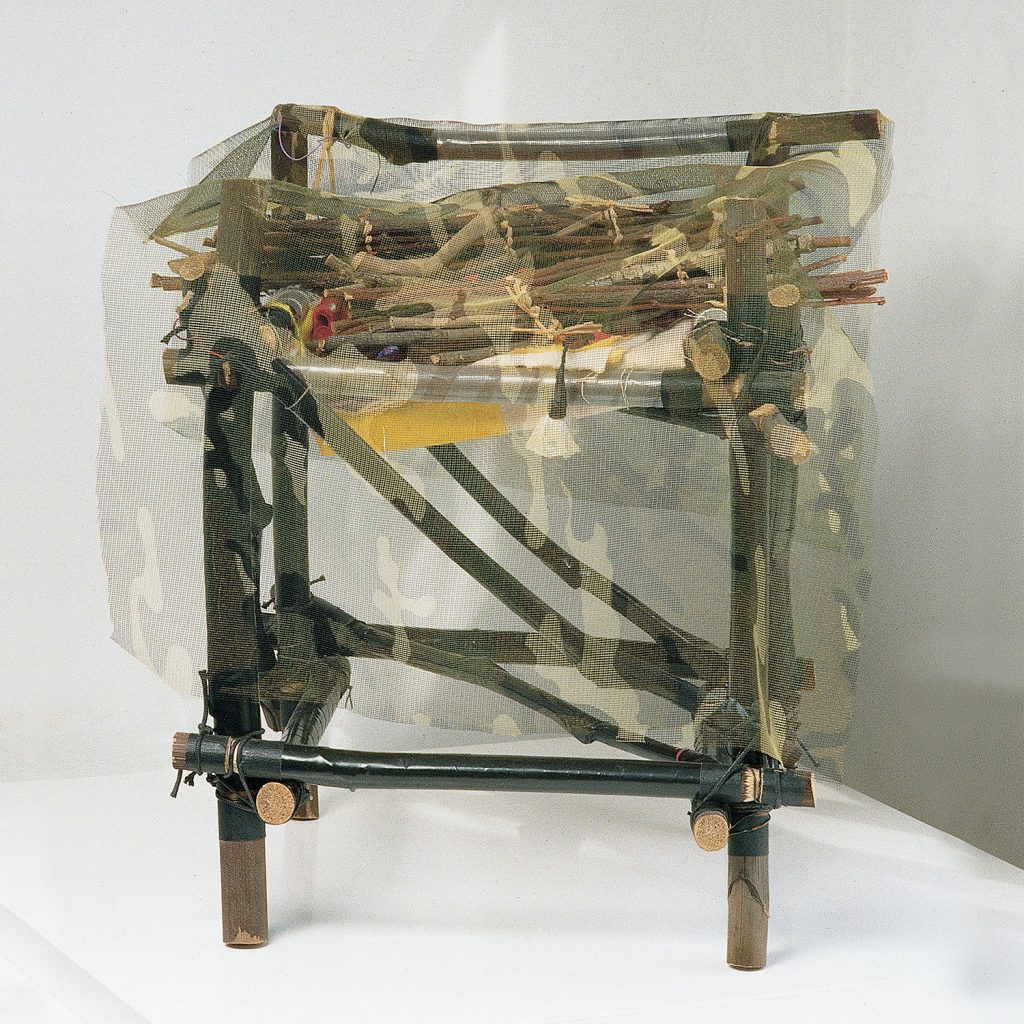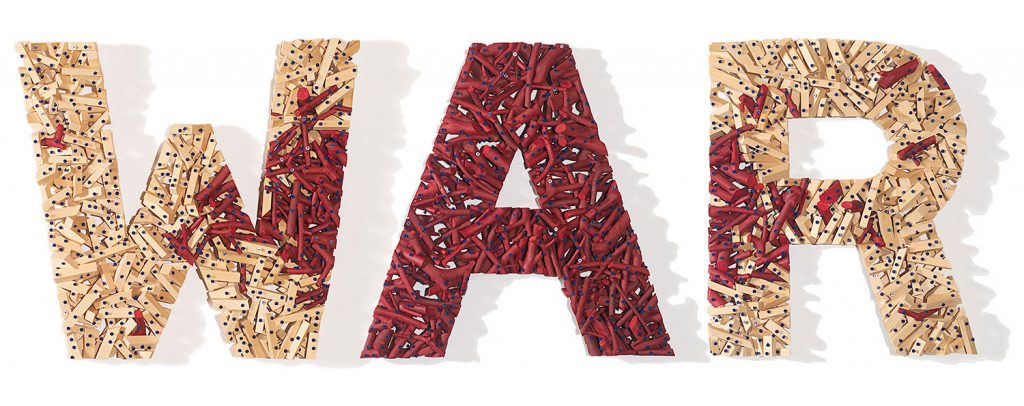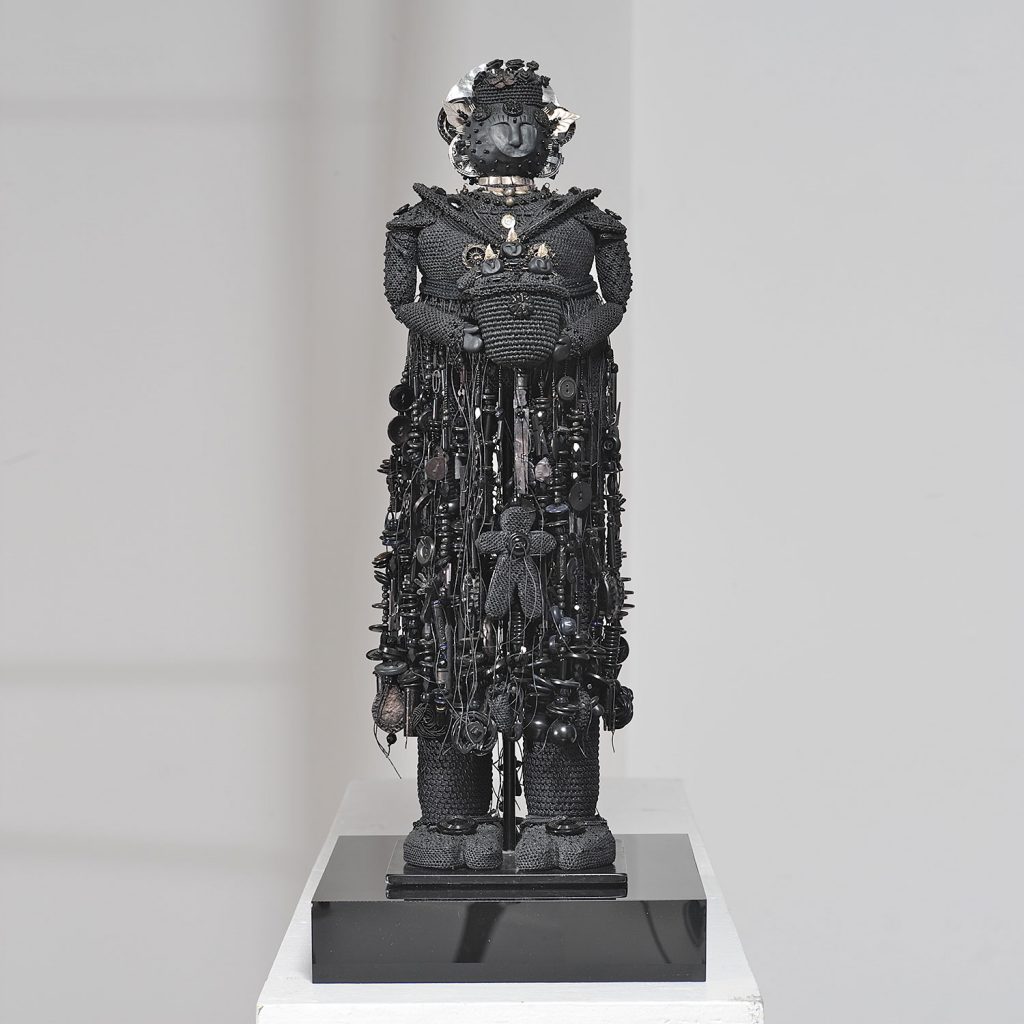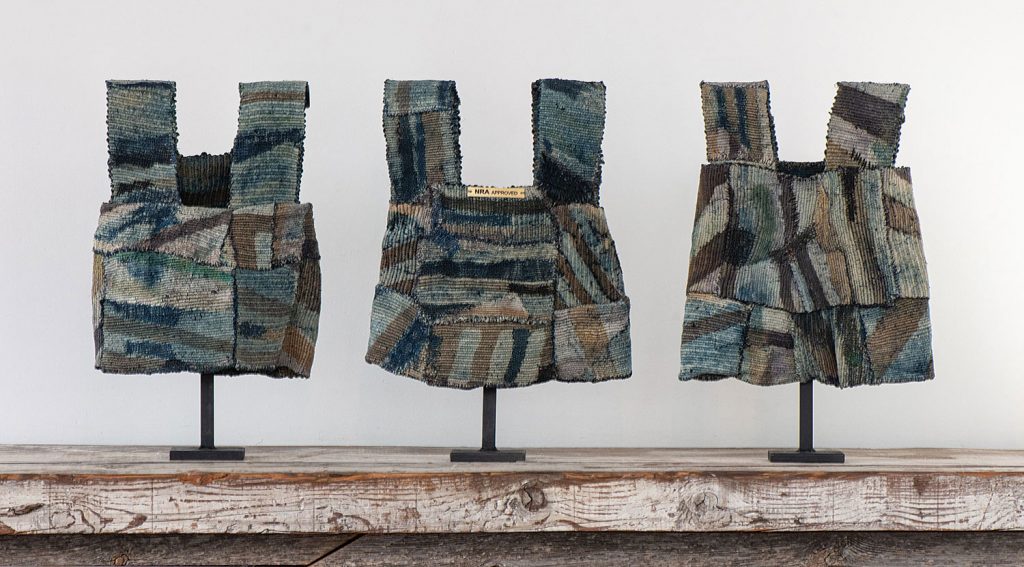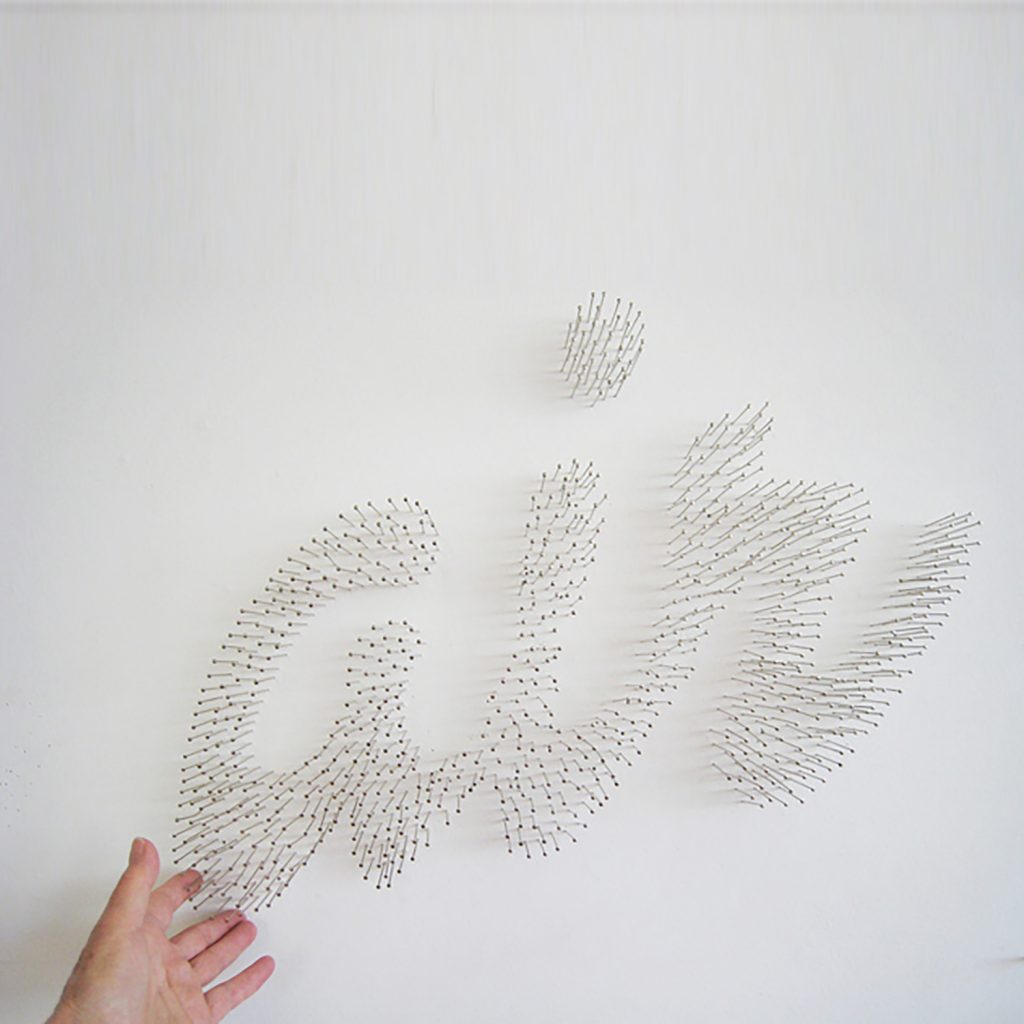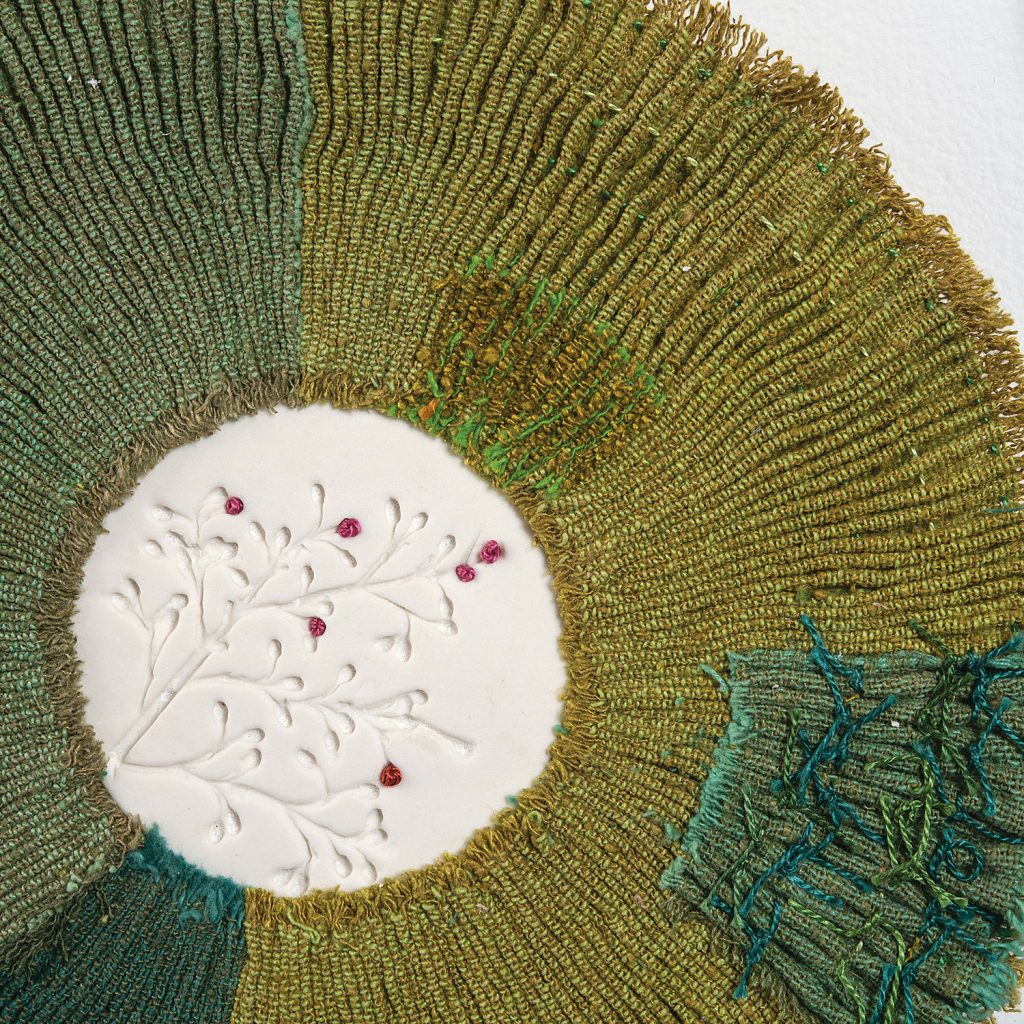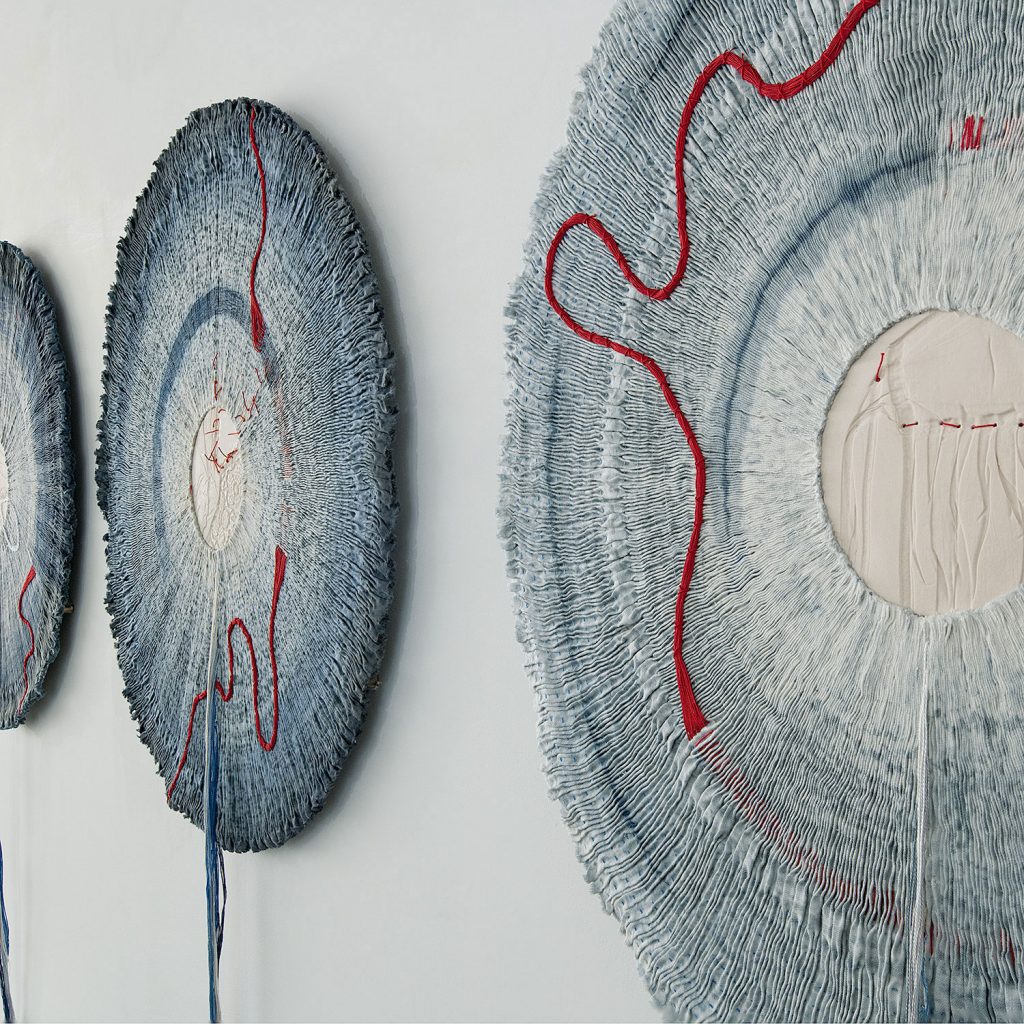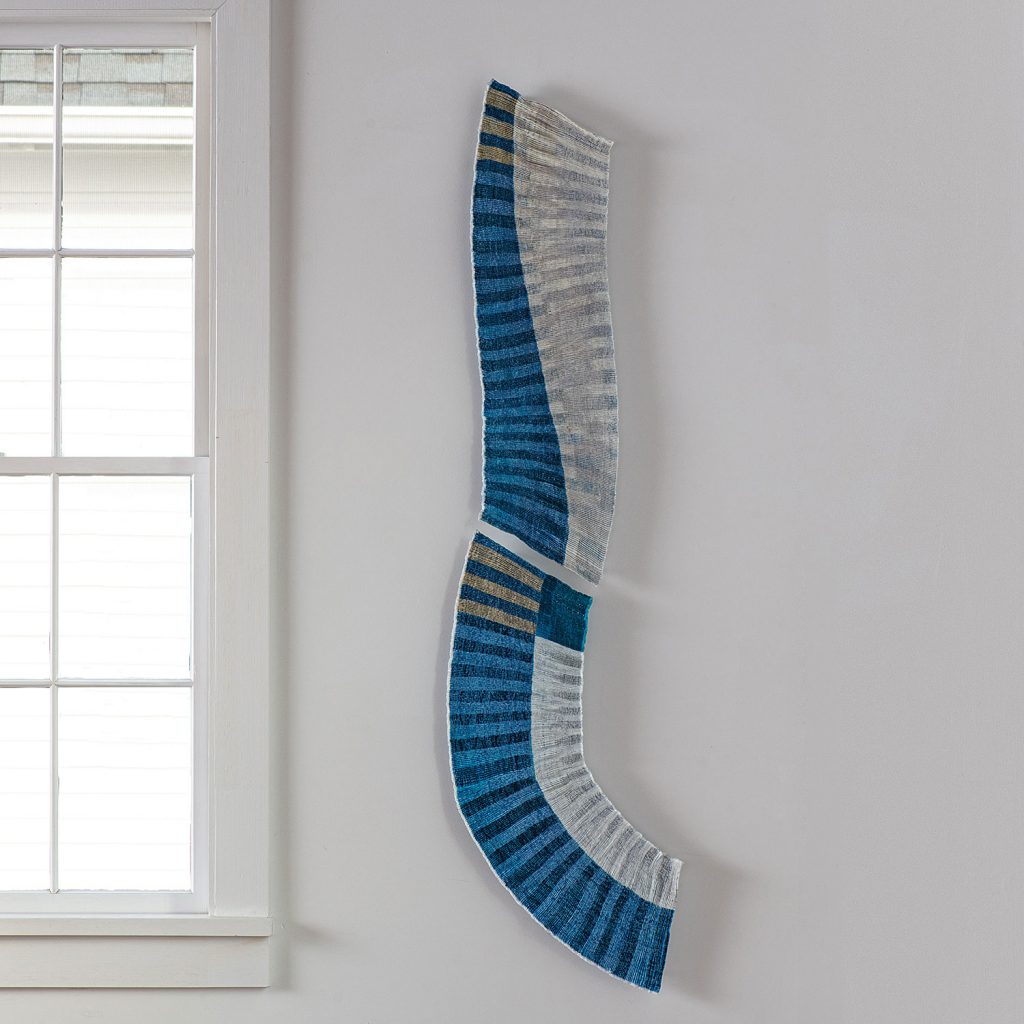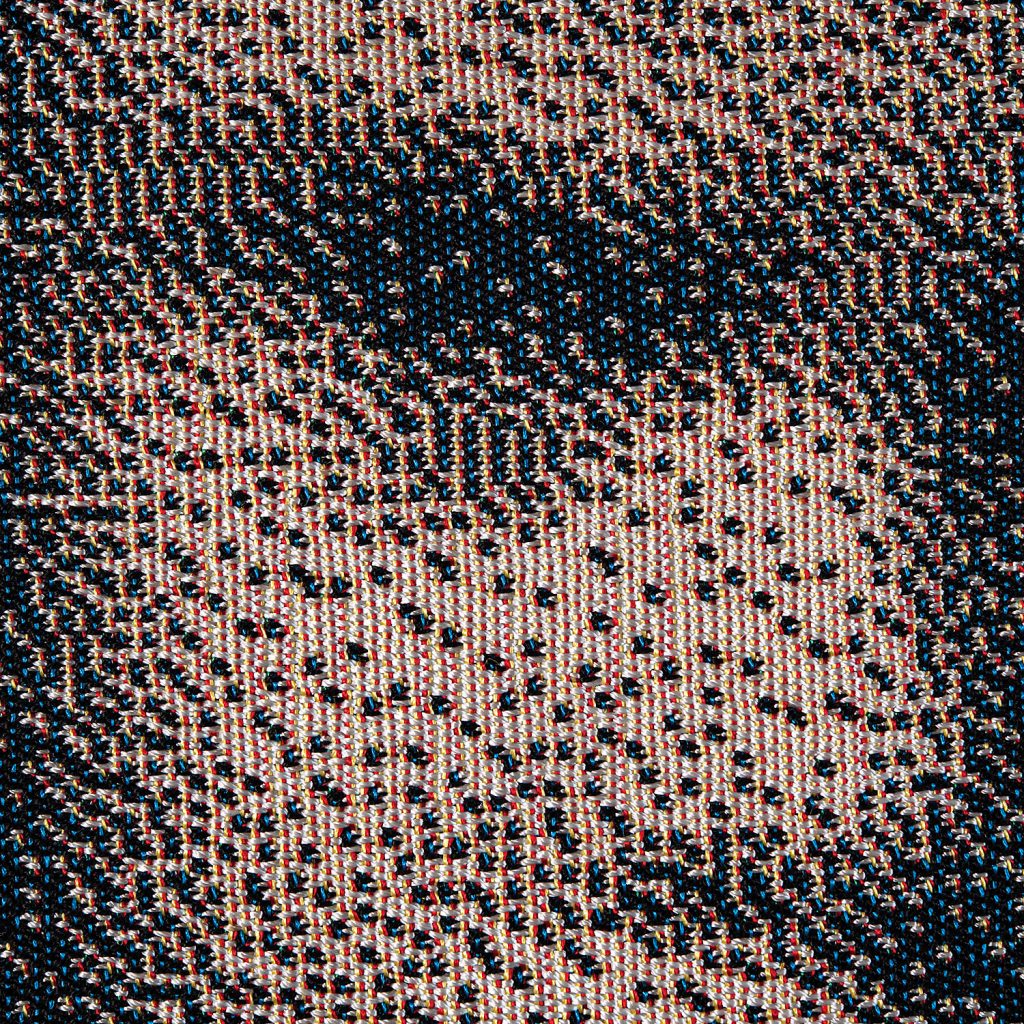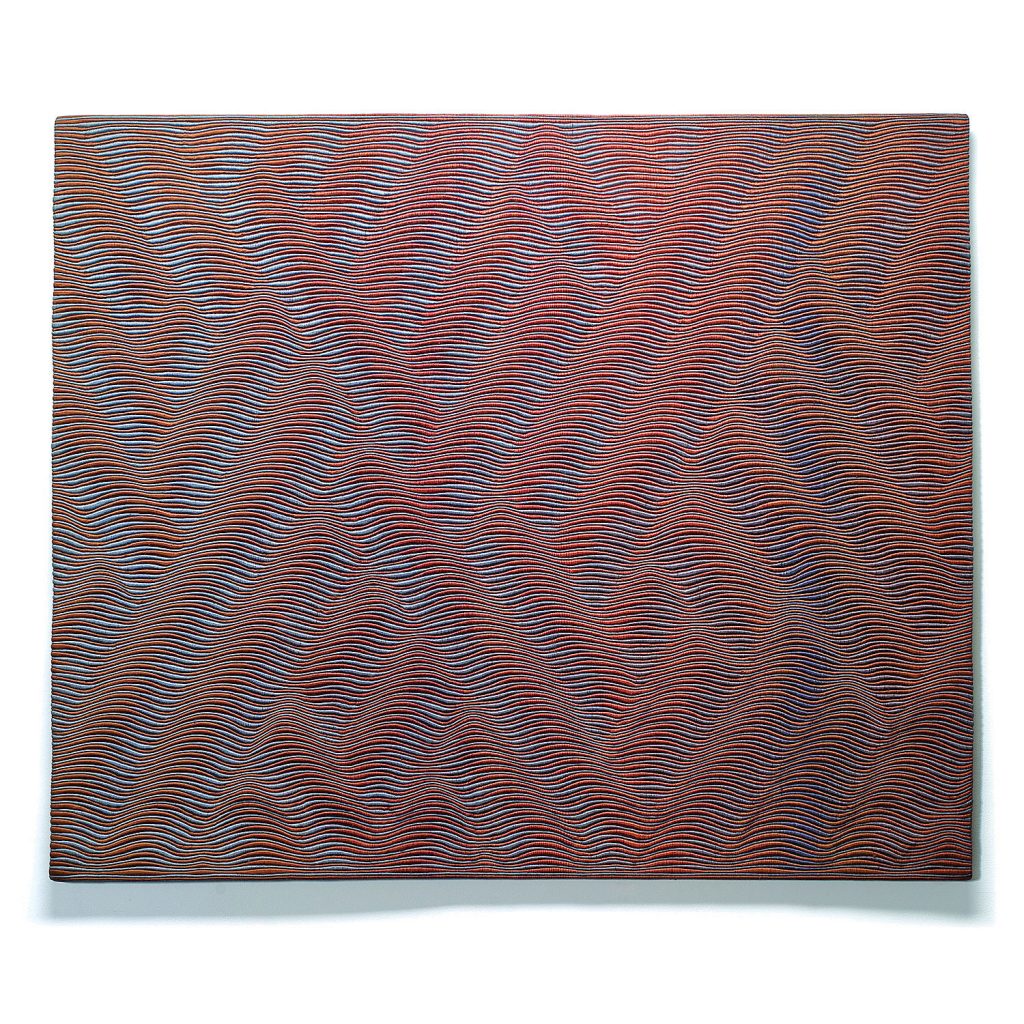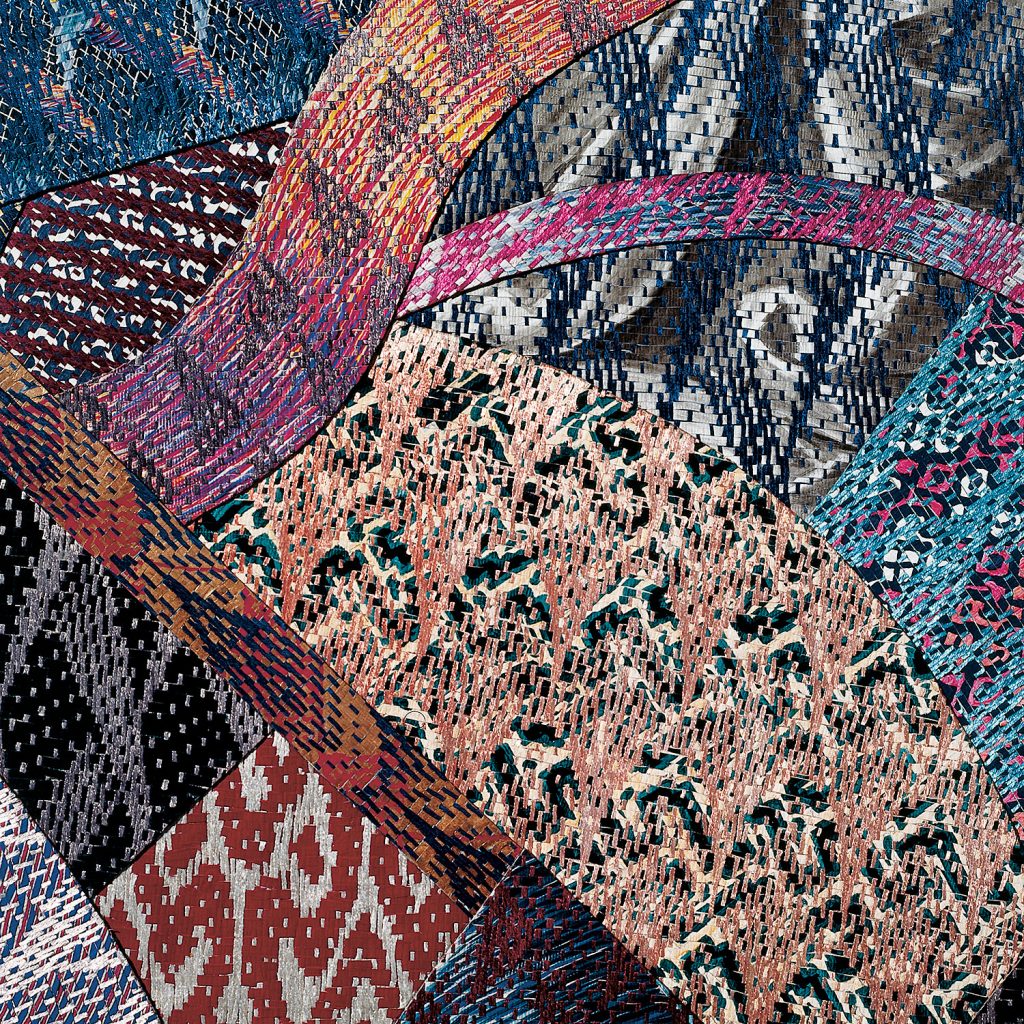This week we are highlighting the work of artist Lija Rage of Latvia. Rage creates her fiber works by painting small sticks and wrapping them in copper wire, by gluing and sewing, layer upon layer until the work is finished. Her work is infused with color. As Rage described it for her 2018 Colours exhibition at the Mark Rothko Centre in Daugavplis, Latvia,

“Green – the woods outside my window; blue – the endless variety of the sea; orange – the sun in a summer sky; brown, grey and black – fresh furrows and the road beneath the melting snow; red – the roses in our gardens. The colours in my work are drawn from the splendour of Latvian nature.”

Rage is influenced by different cultures. “I plunge into them with the help of literature,” she said in her statement for the Transition and Influence, exhibition, which traveled in the UK. “I am particularly interested in drawings of ancient cultures on the walls of caves in different parts of world; Eastern culture with its mysterious magic, drawings of runes in Scandinavia, Tibet and the mandala, Egyptian pyramid drawings. The world culture seems close and colorful to me due to its diversity.”

Rage was born in 1948 and lives and works in Jūrmala, Latvia. She completed a master’s degree in the Textile Department of the Art Academy of Latvia. Rage has been a member of Latvian Artists’ Union since 1976. Her work has been featured in more than 10 solo shows and in numerous group exhibitions in Latvia and abroad.
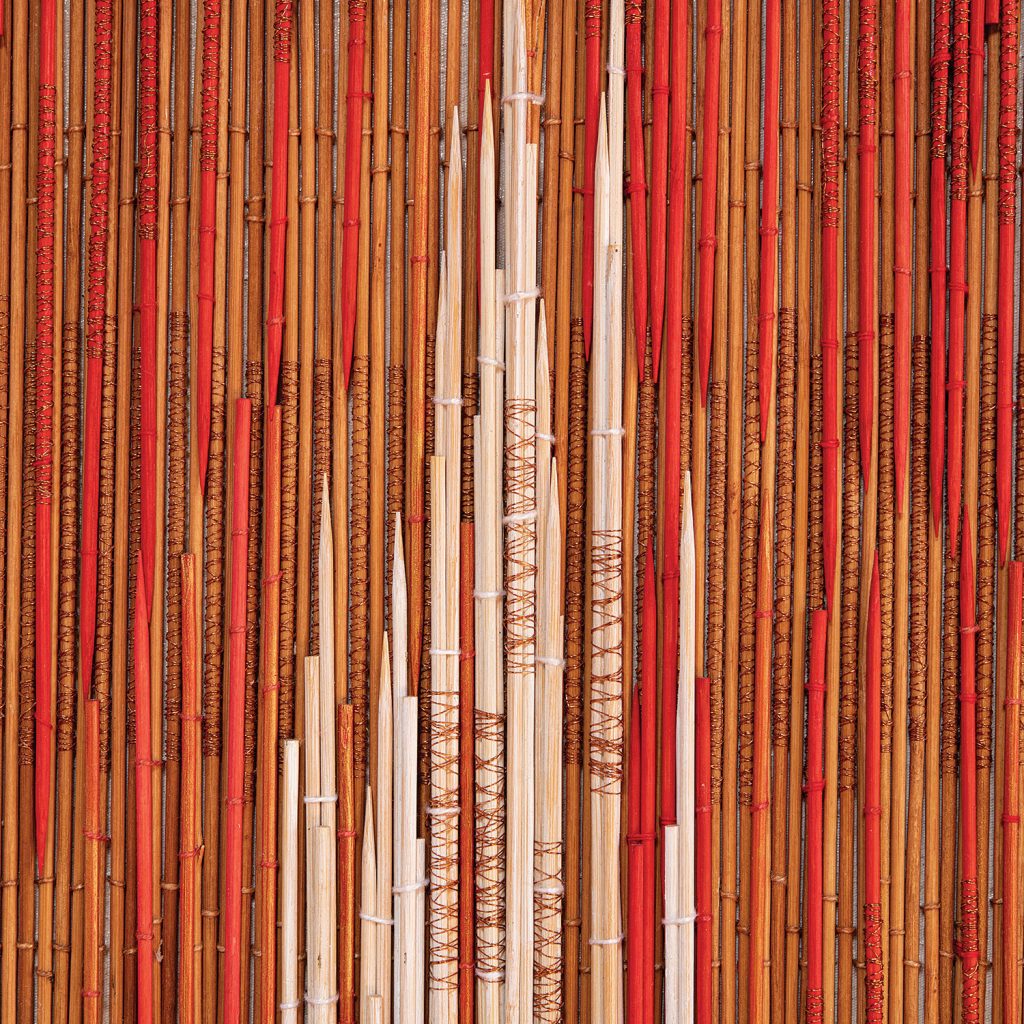
Rage has received a number of awards: Grand Prix of the Baltic Applied Arts Triennial in Tallinn, Estonia, special award of the Korean Biennale (2007), the Valparaiso Foundation grant (2009); the Nordic Culture Point grant (2010); Excellence Award of the 7th International Fibre Art Biennale in China (2012); Excellence Award of the Applied Arts Biennale in China (2014).
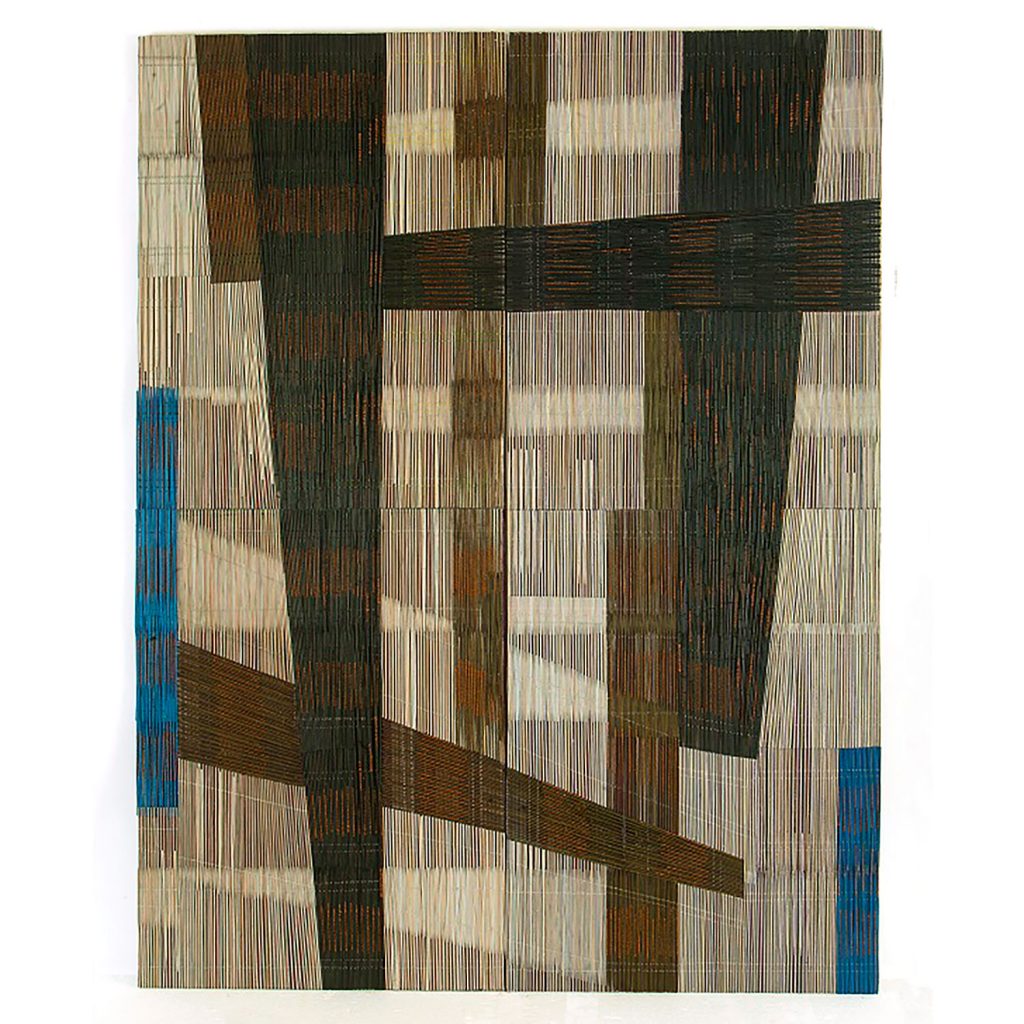
In 2020, she received an Excellence Award for Crossroads, at a solo exhibition at the Zana Lipkes Memorial Museum, which memorializes a family that hid Jews during World War II. The exhibition text quotes Rage, “With our works and our choices, we all leave traces and footprints. Human paths intersect, and the choices we make have consequences and affect others. To life! Spread goodness.”

